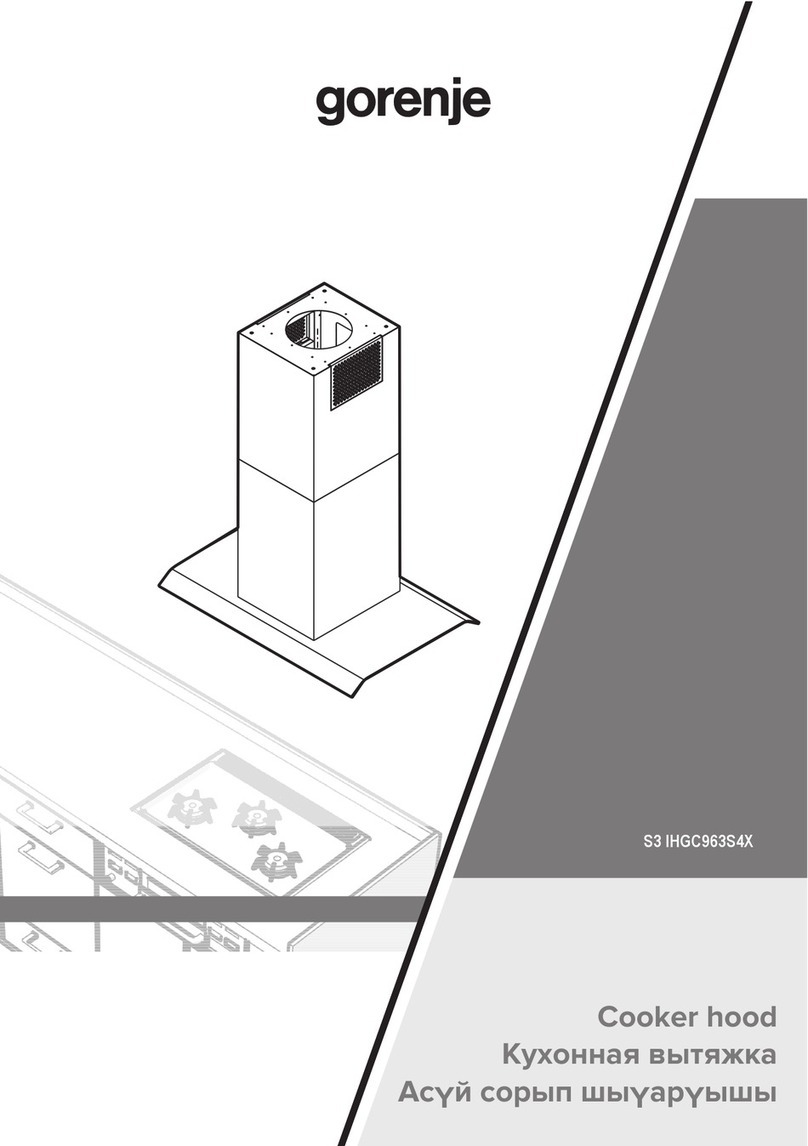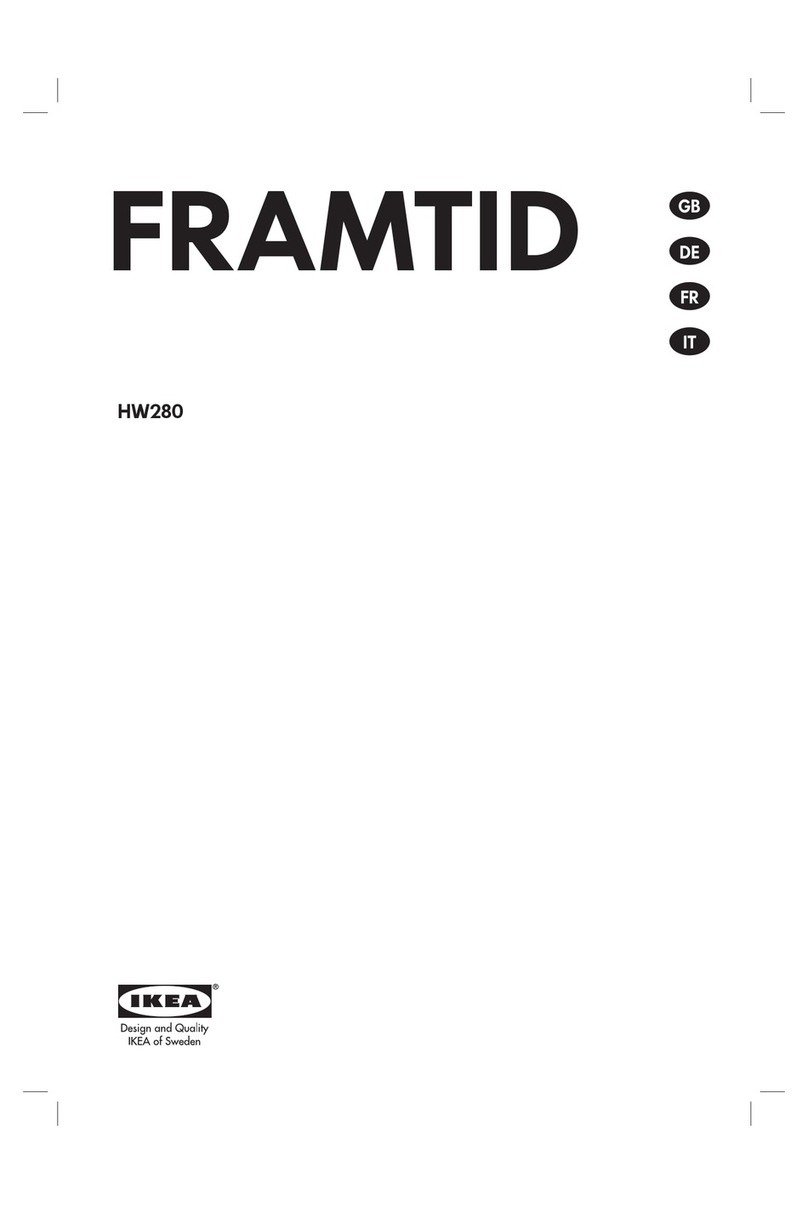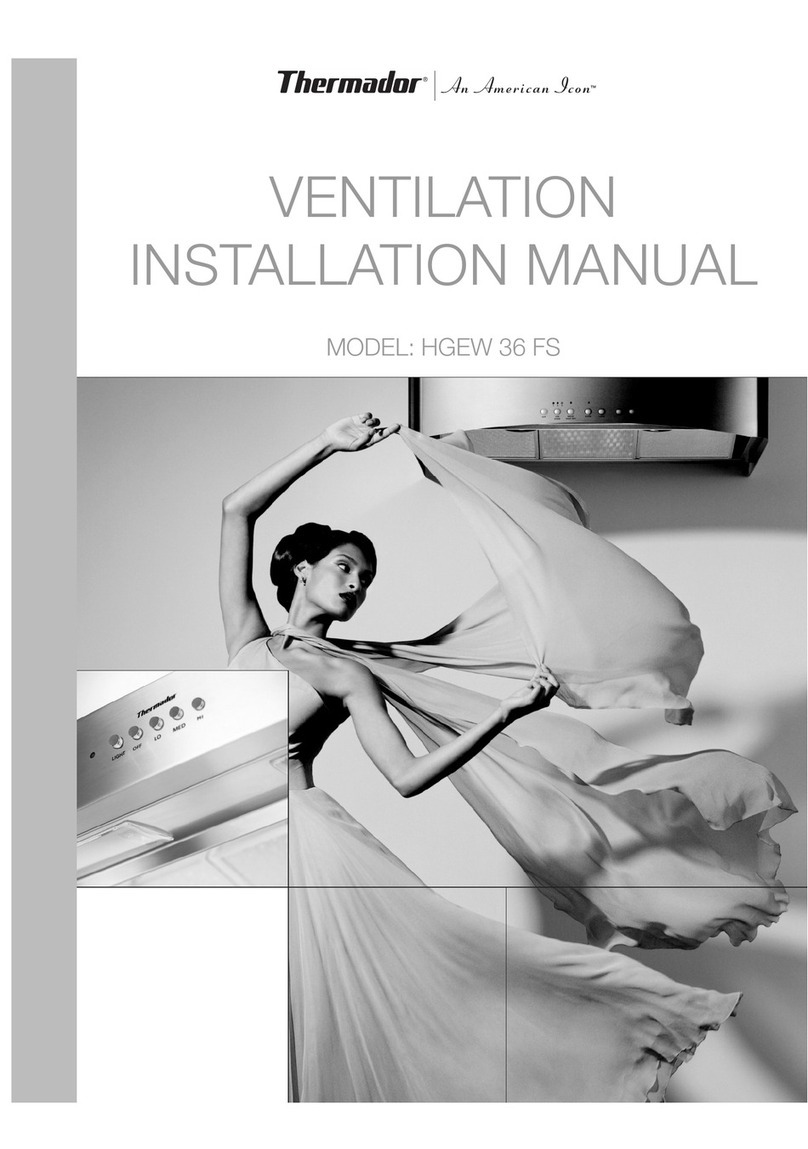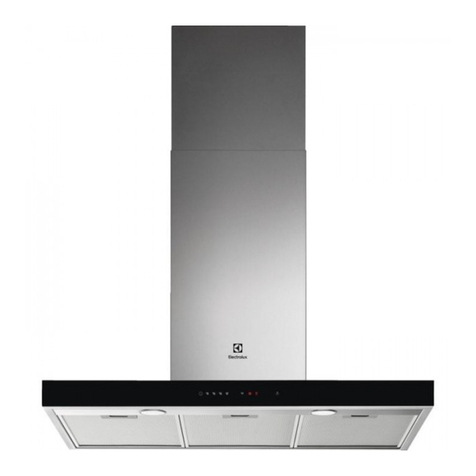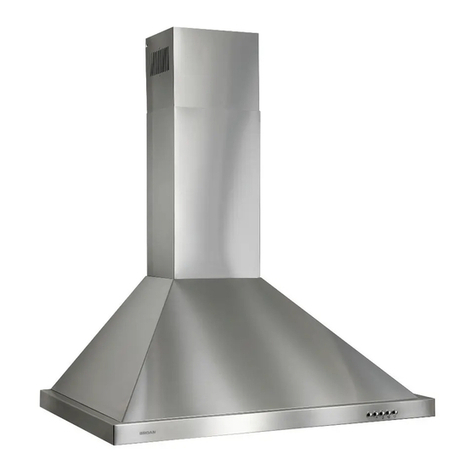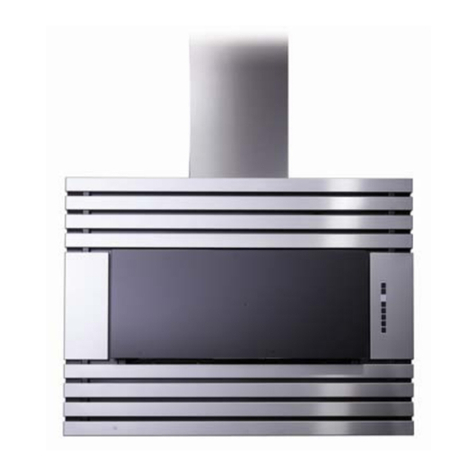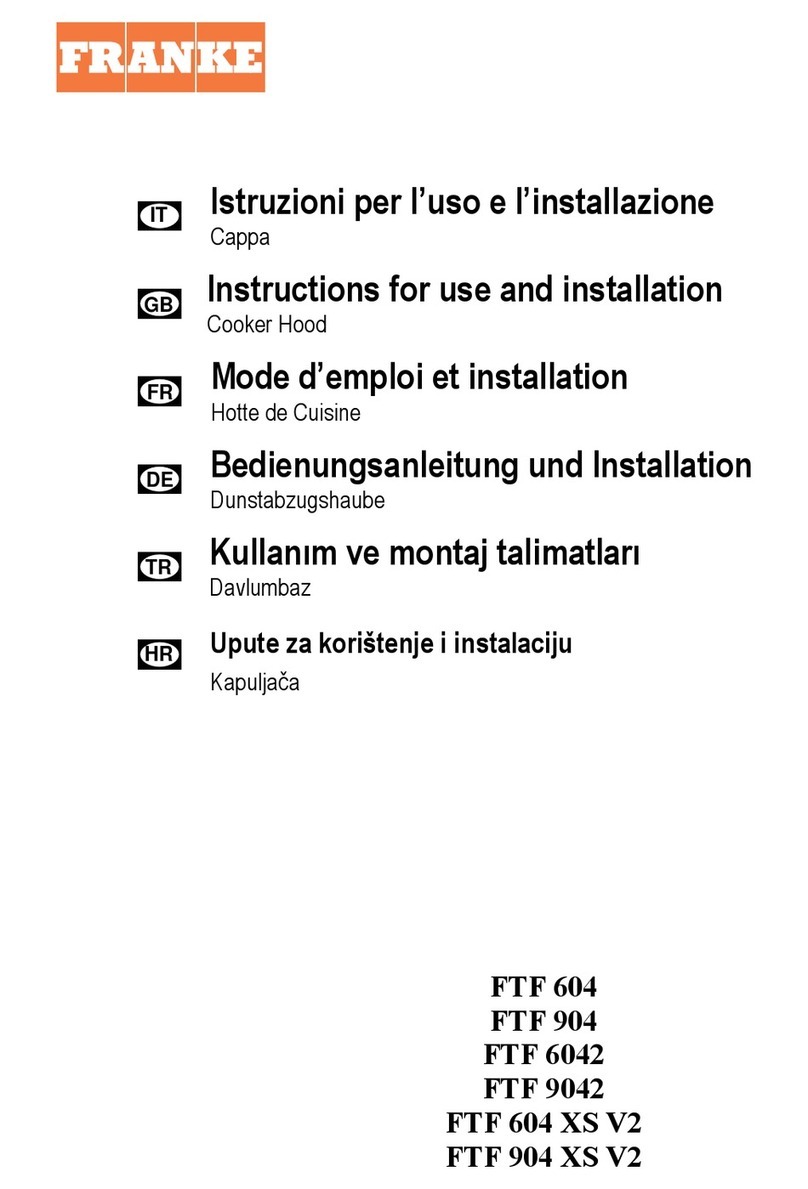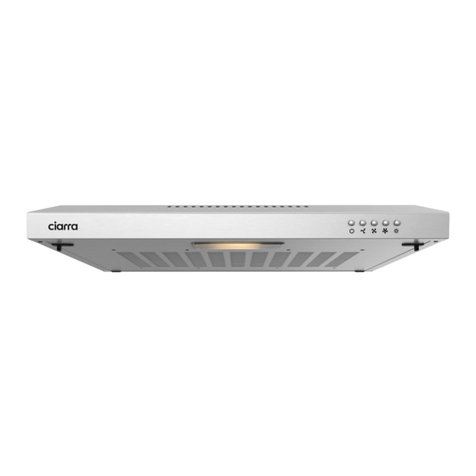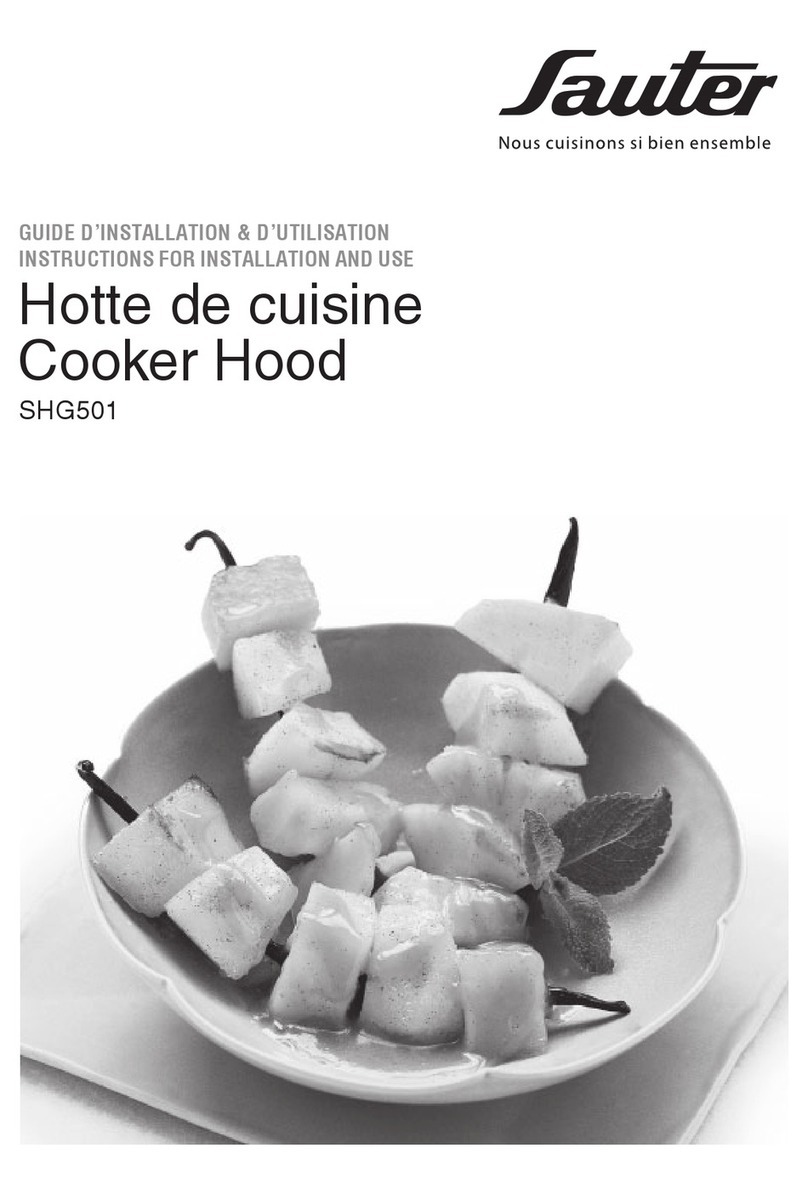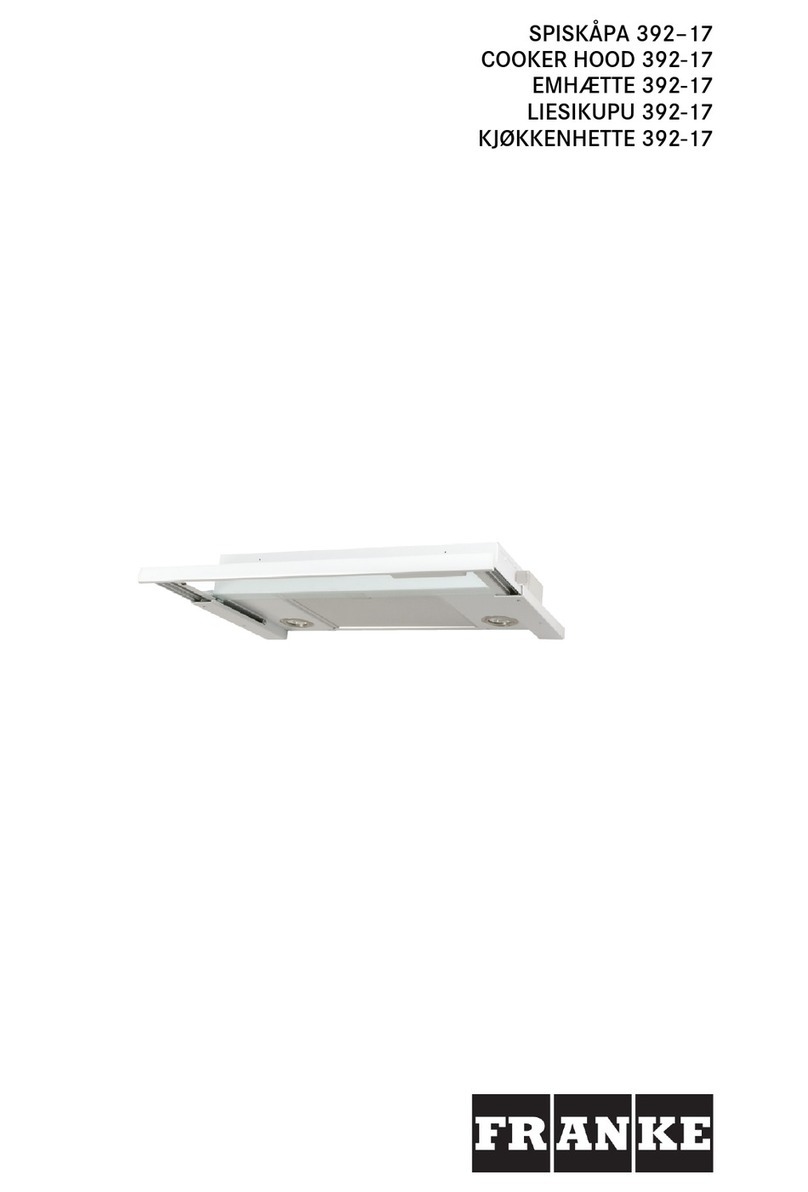
0000111691/011121/B MonoGo 4
Users
- The use of this product is exclusively reserved to authorised,
trained and qualied users. Temporary personnel and
personnel in training can only use the product under
supervision and responsibility of skilled engineers.
- Stay alert and keep your attention to your work. Do not use
the product when you are under the inuence of drugs,
alcohol or medicine.
- The product is not to be used by children or persons with
reduced physical, sensory or mental capabilities, or lack of
experience and knowledge, unless they have been given
supervision or instruction.
- Children must be supervised not to play with the product.
Intended use3
The product has been designed exclusively for extracting and
ltering gases and particles which are released during the
most common welding processes. Using the product for other
purposes is considered contrary to its intended use. The
manufacturer accepts no liability for any damage or injury
resulting from such use. The product has been built in
accordance with state-of-the-art standards and recognised
safety regulations. Only use this product when in technically
perfect condition in accordance with its intended use and the
instructions explained in the user manual.
Technical specications
Do not change the specications given in this manual.
Modications
Modication of (parts of) the product is not allowed.
Installation
- The installation of this product is exclusively reserved to
authorised, trained and qualied engineers.
- The electric connection must be executed in accordance with
the local codes and requirements. Ensure compliance with
the EMC regulatory arrangements.
- During installation, always use Personal Protective
Equipment (PPE) to avoid injury. This also applies to persons
who enter the work area during installation.
- Use sucient climbing gear and safety guards when working
on a higher level than 2 metres (local restrictions may
apply).
- Do not install the product in front of entrances and exits
which must be used for emergency services.
- Mind any gas and water pipes and electric cables.
- Make sure that the workspace is well illuminated.
- Stay alert and keep your attention to your work. Do not
install the product when you are under the inuence of
drugs, alcohol or medicine.
- Air containing particles such as chromium, nickel, beryllium,
cadmium, lead etc., should never be recycled. This air must
always be brought outside the working area.
Use
WARNING!
Fire hazard! Do not use the product for:
- polishing applications in combination with
grinding, welding or any other application that
generate sparks (bers from polishing or abrasive ap disks
are highly ammable and pose a high risk of lter res when
exposed to sparks)
3. “Intended use” as explained in EN-ISO 12100-1 is the use for which the
technical product is suited as specied by the manufacturer, inclusive of his
directions in the sales brochure. In case of doubt it is the use which can be
deduced from the construction, the model and the function of the technical
product which is considered normal use. Operating the machine within the
limits of its intended use also involves observing the instructions in the user
manual.
- arc-air gouging
- extracting and/or ltering ammable, glowing or
burning particles or solids or liquids
- extracting and/or ltering of aggressive fumes
(such as hydrochloric acid) or sharp particles
- extracting and/or ltering dust particles which are
released when welding surfaces treated with
primer
- sucking cigarettes, cigars, oiled tissues, and other
burning particles, objects, and acids
WARNING!
Explosion hazard! Do not use the product for
explosion-hazardous applications, e.g.:
- aluminium laser cutting
- grinding aluminium and magnesium
- explosive environments or explosive substances/
gases
WARNING!
Do not use the product for:
- extraction of hot gases (more than 70°C
continuously)
- ame spraying
- oil mist
- heavy oil mist in welding fume
- extraction of cement, saw dust, wood dust etc.
- Inspect the product and check it for damage. Verify the
functioning of the safety features.
- During use, always use Personal Protective Equipment (PPE)
to avoid injury. This also applies for persons who enter the
work area.
- Check the working environment. Do not allow unauthorised
persons to enter the working environment.
- Protect the product against water and humidity.
- Make sure the room is always suciently ventilated; this
applies especially to conned spaces.
- Make sure that the workshop, in the vicinity of the product,
contains sucient approved re extinguishers (suitable for
re classes ABC).
- Do not leave any tools or other objects in or on the unit.
- The welding current return circuit between the workpiece
and the welding machine has a low resistance. Thus avoid
connection between the workpiece and the MonoGo, so that
there is no possibility of the welding current owing back to
the welding machine via the protective earth conductor of
the MonoGo.
Service, maintenance and repairs
- Obey the maintenance intervals given in this manual.
Overdue maintenance can lead to high costs for repair and
revisions and can render the guarantee null and void.
- Always use Personal Protective Equipment (PPE) to avoid
injury. This also applies for persons who enter the work area.
- Make sure the room is suciently ventilated.
- Use tools, materials, lubricants and service techniques which
have been approved by the manufacturer. Never use worn
tools and do not leave any tools in or on the product.
- Use sucient climbing gear and safety guards when working
on a higher level than 2 metres (local restrictions may apply).
- Clean the area afterwards.
ATTENTION
Service, maintenance and repairs must be
performed in accordance with directive TRGS 560
and TRGS 528 by authorised, qualied and trained
persons (skilled) using appropriate work practices.
